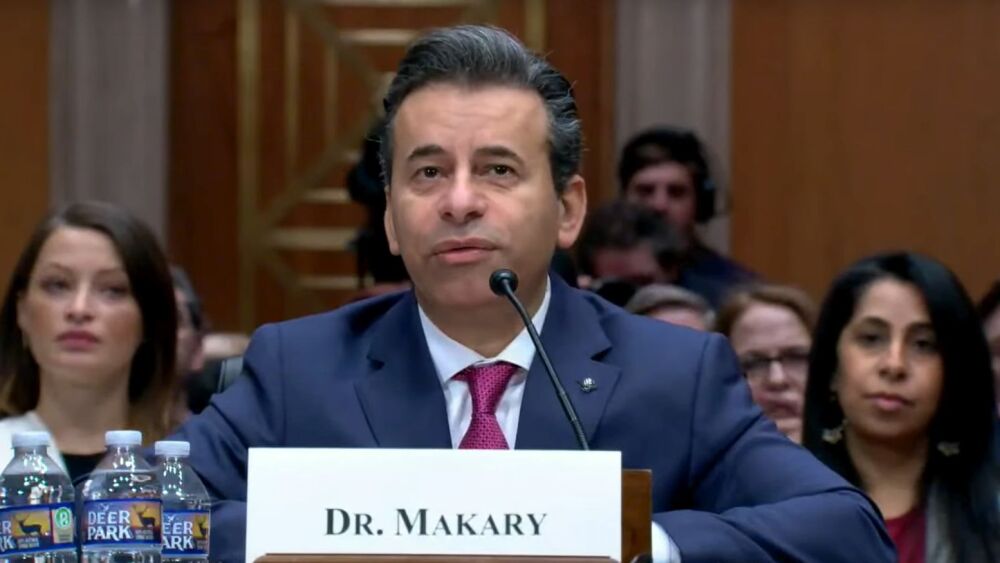Researchers found that inhibiting a key metabolic enzyme kills melanoma cells and halts tumor growth, opening the door for a new class of drugs to treat melanoma.
Investigators at Sanford Burnham Prebys found that inhibiting a key metabolic enzyme kills melanoma cells and halts tumor growth, opening the door for a new class of drugs to treat melanoma.
“Rarely do we find tumor-specific pathways that signify a tumor type,” Ze’ev Ronai, Ph.D., professor and director of the National Cancer Institute (NCI)-designated Cancer Center at Sanford Burnham Prebys, told BioSpace. “Here, the finding of GCDH as a melanoma-specific gene to which the cancer is dedicated to offers novel paths for understanding what makes melanoma unique compared with other tumors, and how this can be exploited therapeutically.”
The authors write that melanoma has an “addiction to the mitochondrial protein glutaryl-CoA dehydrogenase (GCDH), which functions in lysine metabolism and controls protein glutarylation.”
When they inhibited the enzyme, it led to changes in a key protein, called NRF2, which acquires its ability to suppress cancer. GCDH plays a key role in metabolizing lysine and tryptophan, which are essential amino acids. The Ronai laboratory assayed melanoma cells to determine how they generate energy from lysine. They found that GCDH was crucial.
“Melanoma cells ‘eat’ lysine and tryptophan to produce energy,” said Sachin Verma, Ph.D., a postdoctoral researcher in the Ronai lab and first author of the study.
But using energy from the pathway demands that cancer cells control toxic waste produced during the process. There are six steps in the process, and Verma noted, “We thought the cells would need all six enzymes. But it turns out only one of these enzymes is crucial, GCDH. Melanoma cells cannot survive without the GCDH portion of the pathway.”
By inhibiting GCDH in laboratory animals, they were able to suppress the progression of melanoma. Earlier research demonstrated that NRF2 could drive and repress cancer, but they didn’t know how to shift NRF2 from driving cancer to stopping cancer.
“Our current study identifies the answer,” Ronai noted.
In their research, the animals who did not have GCDH were essentially normal but could not tolerate a high-protein diet. Melanoma patients’ tumors are typically low in GCDH. Because GCDH plays a role in protein processing, the researchers think GCDH-poor tumors might be susceptible to high-protein foods. This suggests the possibility of dietary treatment. Also, decreasing GCDH tumor levels with drugs may be enhanced by specific protein diets.
They note that because normal cells that lack GCDH are mostly unaffected, drugs that inhibit GCDH would likely be specific to melanoma cells. Ronai’s laboratory is now collaborating with the Conrad Prebys Center for Chemical Genomics at Sanford Burnham Prebys to identify potential small molecule GCDH inhibitors.
“In the study, we used genetic approaches to inhibit GCDH, which provide the proof of concept to search for small molecules inhibitors,” Verma said. “Indeed, we are actively searching for potential drugs that could inhibit GCDH, which would be candidates for novel melanoma therapies.”
Ronai told BioSpace, “We will identify small molecules that can selectively target GCDH, an effort we undertake with our drug discovery center (The Prebys Center) at Sanford Burnham Prebys. The possible use of specific diets or immune checkpoint therapy with GCDH inhibition will also be examined.”
The research was published in Nature Cell Biology.
Meanwhile, other companies are conducting clinical studies with other compounds to treat melanoma.
AIM ImmunoTech and Roswell Park Comprehensive Cancer Center announced on Aug. 30 that they had initiated patient enrollment in a Phase II trial in patients with primary PD-1/PD-L1 resistant melanoma. The study will evaluate a type-1 polarized dendritic cell vaccine in combination with a tumor-selective chemokine modulation made up of interferon-alpha 2b, Ampligen (rintatolimod) and Celecoxib. Ampligen is AIM’s dsRNA product candidate.
On Aug. 23, Immatics treated the first patient in its Phase Ib expansion cohort C of IMA203CD8, its second-generation TCR-T monotherapy where a proprietary CD8aß co-receptor is added to PRAME-specific IMA203 T cells.
PRAME refers to a melanoma antigen preferentially expressed in tumors. Interim data from the company’s Phase Ia trial demonstrated a 50% objective response rate in various solid tumors, including melanoma, head and neck cancer, uveal melanoma and synovial sarcoma.





